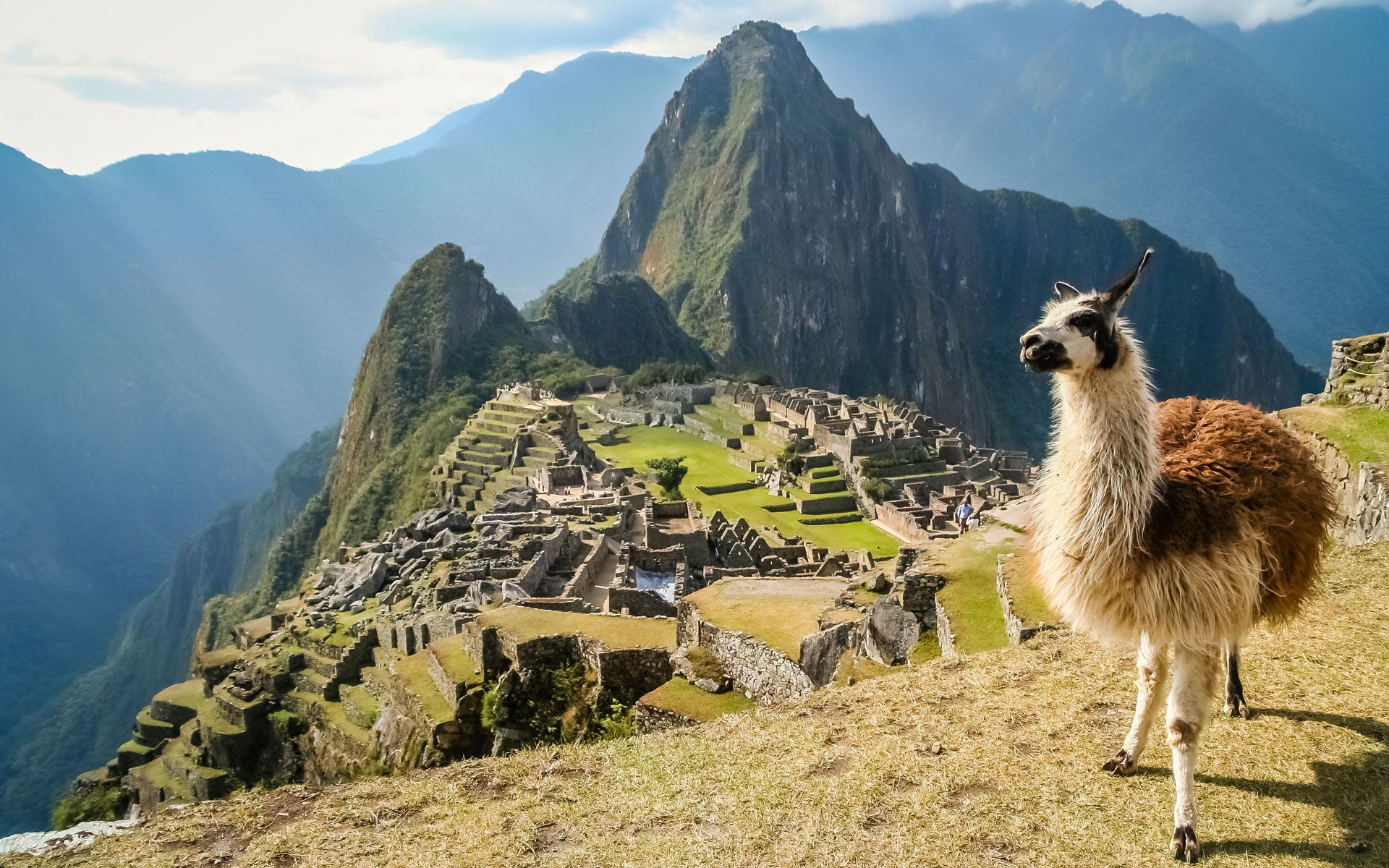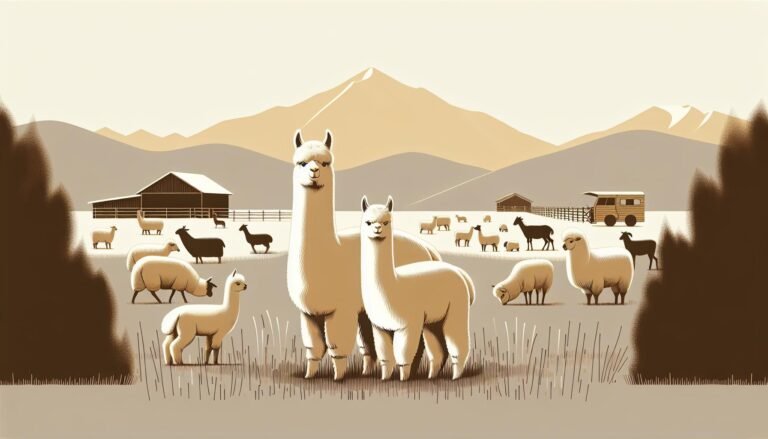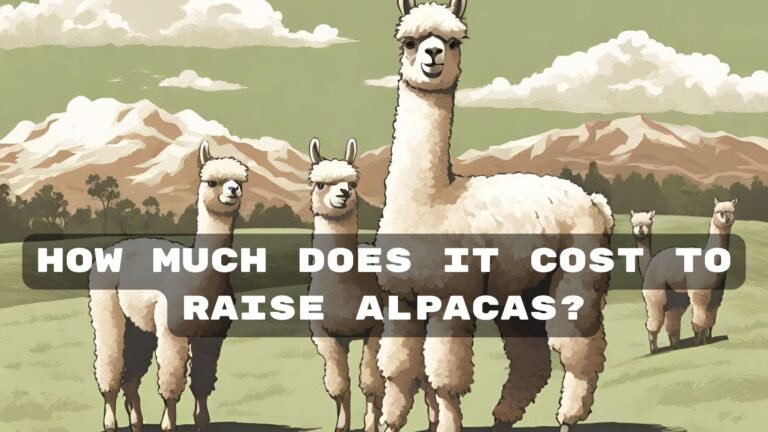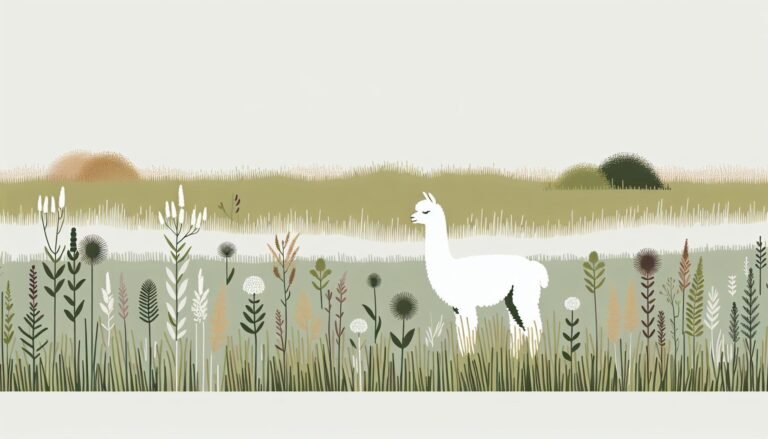Do Alpacas Truly Call Peru Home?
Ever wondered where alpacas call home? You’re in the right place. I’m about to dive into the fascinating world of these adorable, fluffy creatures.
Alpacas are synonymous with the rugged Andean highlands. But do they really hail from Peru? You bet! Peru’s high-altitude landscapes are indeed the homeland of these charming animals.
Key Takeaways
- Alpacas are originally from the high-altitude landscapes of Peru, thriving in the country’s diverse environments, from the Amazon jungle to the icy heights of the Andes.
- There are two types of alpacas in Peru: Suri and Huacaya. While the Suri alpaca is more populous, both are crucial players in Peru’s economics and ecology.
- The highland climates in Peru’s Andean region have helped shaped the alpacas’ ability to adapt to meager food resources and harsh living conditions.
- Alpacas, indigenous to Peru, have been valuable for centuries to the country and its people. Archaeological evidence supports this, with the earliest records showing alpacas in Peruvian societies dating back to 1000 B.C.
- The connection between alpacas and Peru’s high-altitude landscapes is not coincidental but a result of a perfect blend of genetic adaptations and the geographical features of the Andes.
- The global economy has expanded the reach of these enigmatic creatures far beyond the borders of their Peruvian homeland, with alpacas now making notable contributions in countries like the USA, Australia, and New Zealand.

Alpacas – the Fascinating Creatures of Peru
Let’s take a closer look at alpacas, the fascinating creatures that call Peru home. Alpacas are deeply ingrained in the fabric of Peru’s culture. They’ve provided wool, meat, and companionship to the Peruvian people for millennia.
These lovable creatures are anything but average. With their superior adaptability, alpacas can thrive in Peru’s diverse environments, from the sultry Amazon jungle to the icy heights of the Andes. It’s their plush wool, though, that truly sets them apart. Alpaca wool is luxurious, warm, and lightweight. In functionality, it even surpasses cashmere and sheep’s wool, and is often compared to angora.
Interestingly, there are two types of alpacas in Peru – Suri and Huacaya. The Suri produces long, silky fibers, whereas the Huacaya have a more wooly appearance. Bizarrely enough, despite their stark differences, they’re part of the same family.
Let’s delve into the alpaca demographics:
| Alpaca Type | Estimated Population in Peru | Percentage of Total Alpaca Population |
|---|---|---|
| Suri | 1,500,000 | 74% |
| Huacaya | 500,000 | 26% |
As seen in this table, the Huacaya family is outnumbered but not overshadowed. Their fluffier coat brings warmth in the biting cold of high-altitude regions and is a hot favorite among fashion-forward crowd.

So yes, alpacas indeed live in Peru, where they play a significant role in the nation’s economics and ecology. These creatures aren’t just cute faces, but significant contributors to Peru’s livelihood. The journey through the Andean highlands wouldn’t be the same without the sight of these charming and useful creatures dotting the landscape. Delving into their story has been a journey of discovery in itself.
The Homeland of Alpacas – Peru’s Rugged Andean Highlands
Nestled high up in Peru’s Andean highlands – the undulating plateau more than 13,000 feet above sea level – we find the earthly habitat of alpacas. Peru’s Andean highlands, a diverse region encompassing grasslands and rolling hills, is where most of the world’s precious alpaca population thrives.
Peruvian Alpacas: Meandering Mountain Mates
Temperatures fluctuate wildly in the high Andes – from breezy daytime to freezing nights. Yet, it’s here that both the Suri and Huacaya alpacas, also known as the pride of Peru, modestly munch on their mountain fare of moss, ferns, leaves and grasses. Needless to say, these camelid companions are no strangers to rugged living conditions!

Alpacas have evolved to adapt to the meager food resources of the harsh highland climates. Their distinctly split upper lip helps them forage for scarce vegetation among rocks, while a unique ability to absorb more nutrients from food sustains them even when supplies are low.
In the table below, you’ll see how their population in Peru is prominently more than any other country.
| Country | Alpaca Population (%) |
|---|---|
| Peru | 90% |
| Bolivia | 8.2% |
| Chile | 1.3% |
| Others | 0.5% |
Peru’s tough Andean terrain, often inhospitable to other livestock, proves to be a welcoming home to these amicable animals. It’s safe to say that Peru and its mountain-loving alpacas were meant for each other, unarguably an exemplary showcase of nature’s adaptability.
Paradoxically, despite being lauded for their wool across the globe, the Peruvian alpacas are usually sheared only once every two years. This shearing usually takes place during the warmer seasons to allow regrowth before the harsh winter begins.
Continuing this voyage of discovery, let’s delve into why the Peruvian landscape bodes so well for alpaca herding and how it might have influenced alpaca behavior over the millennia.
Debunking the Myth – Are Alpacas Really from Peru?
Let’s put all the hearsays to bed and dive into historic archives. The truth is, yes, alpacas are undoubtedly indigenous to Peru.
This widely accepted belief doesn’t lack substantial evidence. In fact, detailed archaeological studies have found remnants and artifacts dating back to around 1000 B.C. These precious relics, like pottery and textiles, illustrate the depiction of alpacas indicating their ancillary role in ancient Peruvian societies.
On a similar note, interesting findings from fossil records reveal that alpacas’ ancestor, the wild Vicuna, roamed the Andean regions of Peru more than 10,000 years ago. It’s quite evident that over millennia, native Peruvians domesticated these creatures, leading to the alpacas we know today.
However, it wasn’t always sunshine and rainbows for these ethnic Peruvian creatures. During the Spanish conquest in the 1500s, alpacas faced an existential threat. The European invaders were less considerate of the alpacas’ ecological importance and drastically reduced their numbers. But thankfully, the hardy and adaptable alpacas eventually found refuge in the remote highlands of the Andes. They thrived, repopulated, and now Peru boasts more than three million of these charmingly quirky animals.
But bear in mind, they’re not limited to Peru. Alpacas’ adaptability and precious wool value have seen their husbandry spread mainly to the likes of the USA, Australia, and New Zealand. In these regions, alpacas are on foreign but friendly grounds, an addition to their rich farming cultures.
Alpacas and Peru’s High-Altitude Landscapes – A Perfect Match
Continuing in our exploration of alpacas, we delve into the harmony between these fascinating creatures and Peru’s high-altitude landscapes. It’s not by mere circumstance that most alpacas call the Peruvian highlands home. The blend of their genetic adaptations and the geographical features of the Andes results in a perfect match.
Alpacas are specially equipped to endure harsh climates and scarcity of food found in the high Andes. Notably, their thick woolly coats not only fetch remarkable prices on the market but also serve as an intrinsic tool for survival. This level of adaptation makes it easy to see why alpacas are indigenous to Peru.
Let’s take a closer look at the Andean altiplano, the alpaca’s natural habitat. This area stands as one of the highest inhabited plateaus on Earth, reaching altitudes of up to 4,000 meters. The simple makeup of the vegetation there, mainly composed of tough bunch grasses and shrubs, suits the alpacas’ dietary needs perfectly.
| Altiplano Characteristics | Alpaca Adaptations |
|---|---|
| High altitude, up to 4,000 metres | Efficient respiratory system, increased red cell count |
| Harsh climatic conditions | Thick woolly insulation, minimal sweating |
| Limited vegetation variety | Selective feeders, fiber-rich diet preference |
Just as the alpacas have adapted to the altiplano environment, so too have the locals who rely on them. Over the centuries, the indigenous peoples of Peru have honed a symbiotic relationship with the alpacas, setting up entire economies based around the herding and trade of these valuable animals.
With over three million alpacas in Peru today, we see an example of an intertwined existence of animals and their environment. However, the story of alpacas doesn’t stop in this mountainous region of Peru. Current globalization trends have seen alpacas spread beyond Peru to countries such as the USA, Australia, and New Zealand, revealing just how adaptable these intriguing animals are. In each new location, they continue to shape and be shaped by the world around them.








One Comment
Our picks
Alpaca & Wool Felted Sole Inserts: Comfy Upgrade?
Best Alpaca Socks for Hiking: Ultimate Comfort and Durability on Trails
Best Alpaca Halter for Comfort and Control